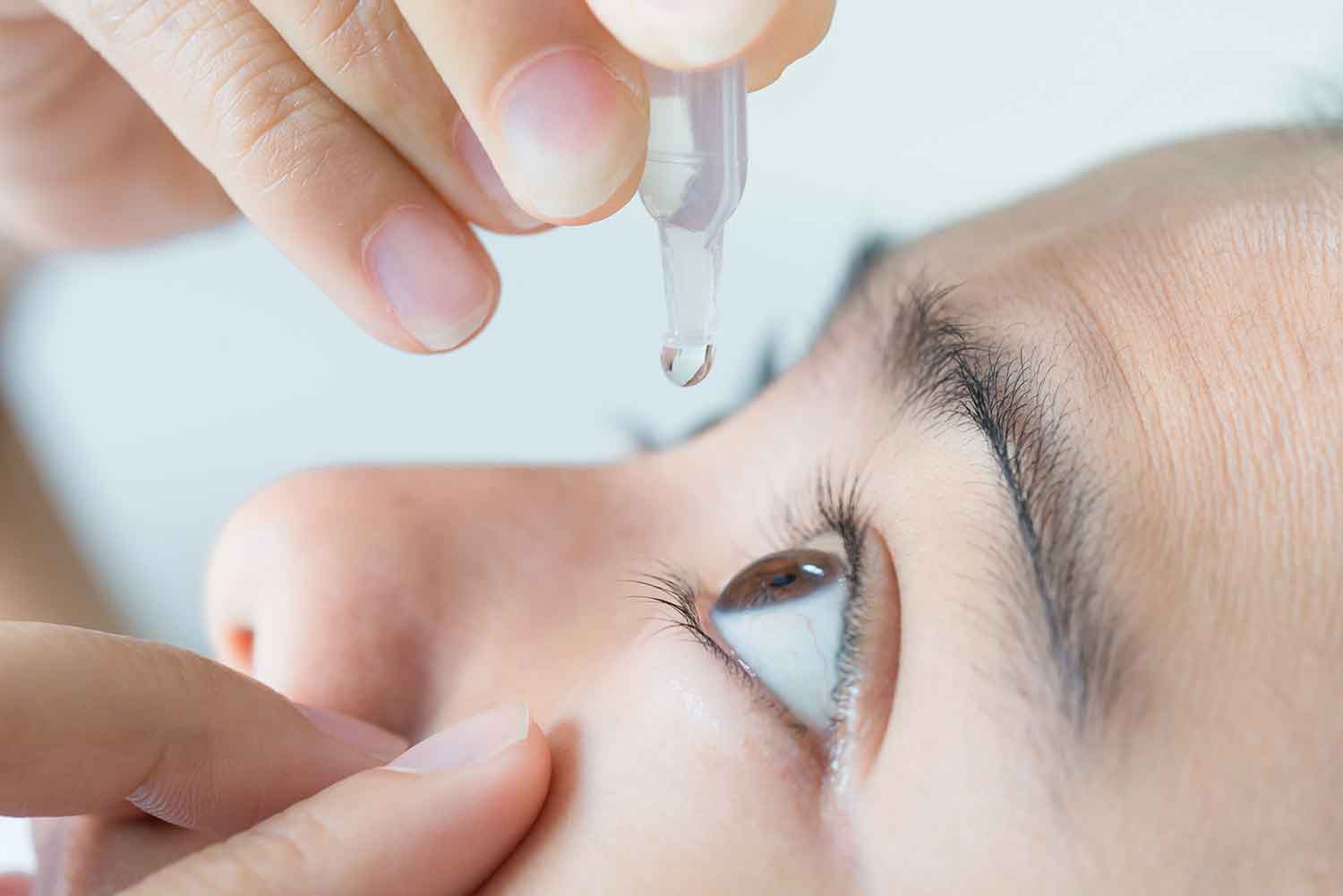
How to Enhance the Solubility of Ocular Drug Products
Table of Contents
The ocular drug delivery market is growing rapidly, driven by an aging population, which is leading to an increase in diagnoses of ophthalmic diseases. For example, the number of people worldwide with age-related macular degeneration is expected to grow from 196 million in 2020 to 288 million in 20 years’ time.
As a result of this increased demand, combined with pressure to create more patient-centric products, the range of ocular dosage forms has grown significantly in recent years. Examples of next-generation dosage forms transforming the segment include:
- Drug-eluting intraocular devices – such as contact lenses, which allow for effective controlled release of drugs for ocular surface conditions, and potential increased convenience for patients.
- Topical microdosing devices – can allow for low and precise dosing of topical formulations, minimizing eye irritation and reflexive blinking.
- Long-acting injectables – offer the possibility of reduced dosage frequency, optimizing convenience and compliance for therapies treating conditions affecting the back of the eye.
- Ocular implants – allow the extended-release of drug formulations, reducing dosage frequency, and freeing patients from having to visit a doctor’s office more regularly for treatment.
Unique solubility challenges
Pharmaceutical companies looking to provide innovative new ocular drug products face unique development challenges. The anatomy of the eye is highly resistant to the penetration of therapeutic agents. Additionally, a growing number of active pharmaceutical ingredients (APIs) are poorly water-soluble – between 40 and 70% of marketed drugs and up to 90% of all registered new chemical entities (NCEs) are affected by poor solubility 1
Without modification or enhancement, poorly soluble APIs may fail to be absorbed properly by the eye tissue, which has implications for the performance of the final product.
Overcoming this issue requires comprehensive and specialized knowledge of ophthalmic drug delivery, as well as dedicated formulation development expertise.
Approaches to enhance drug solubility
There are effective methods that can be used to enhance the solubility of poorly soluble APIs and improve their delivery in ocular dosage forms.
Chemical modification
There are a number of ways to chemically modify an API to improve its solubility. The pH modification approach, for example, enhances the solubility of ionizable APIs by using acidic or basic excipients to convert it into a more soluble salt form. Another potential approach – known as PEGylation – covalently links polyethylene glycol polymers to form a conjugate with the API that can overcome solubility issues.
Encapsulation
Poorly soluble APIs can be encapsulated within amphiphilic excipients to enhance their solubility. The hydrophilic component of the molecules within these excipients is able to strongly interact with water, while the hydrophobic segment interacts with the API, allowing the construct to be created.
Reduction of particle size
There are physical modification approaches available that can significantly enhance the solubility of an API and improve ocular drug delivery performance. Particle size reduction, for example, enhances the dissolution rate of an API by increasing its surface area-to-volume ratio.
There are a number of size reduction approaches that can be used:
- Micronization – can reduce average particle diameters to the micrometer range. Jet milling is typically used to micronize an API by harnessing pressurized jets of air to reduce the individual particles to the required scale.
- Nanomilling – is the reduction of particle sizes to the nanometer range. API particles are placed in a liquid vehicle, then ground into smaller particles using a polymeric or ceramic milling medium. Nanoparticles offer a substantially greater surface-area-to-volume ratio, which makes nanomilling ideal for APIs that are particularly insoluble, and for drug formulations intended for delivery to challenging tissues, such as the eye. Nanoparticulate suspensions can be formulated into stabilized liquids, lyophilized powders, solid dosage forms, or a variety of other form factors for multiple routes of administration, including ophthalmic.
Other key considerations for ocular drug development
Poor API solubility is not the only issue that pharmaceutical companies need to address to ensure the successful development of new ocular drug products. The eye features highly sensitive tissue, which means it is imperative that products intended for ophthalmic administration are sterile.
Many countries around the world have regulations in place that require more stringent sterility standards for ocular products compared with other administration routes. However, ensuring regulatory compliance in the area of ophthalmics poses challenges for pharmaceutical companies.
In addition, it is important to select the most appropriate dosage form for the needs of the drug product. The specific portion of the eye that is being targeted, combined with the desired dosage frequency, must be considered in order to choose the ideal dosage form.
For example, conditions affecting the interior of the eye, such as the retina, would be better treated using long-acting injectables or implants. Whereas topical formulations, including eye drop solutions, suspensions, or emulsions are appropriate for treating ophthalmic surface issues.
Seeking expert ocular drug development support
Optimizing the performance of an ocular drug product requires expert support from a partner with experience overcoming the solubility challenges and other obstacles unique to ophthalmic drug delivery.
Particle Sciences has considerable specialized expertise in this area. It has a longstanding history of providing excipients for ocular formulations and developing and manufacturing expertise when carrying out sterile production for ocular drug products.
Authors: Robert Lee and Ashley Rein